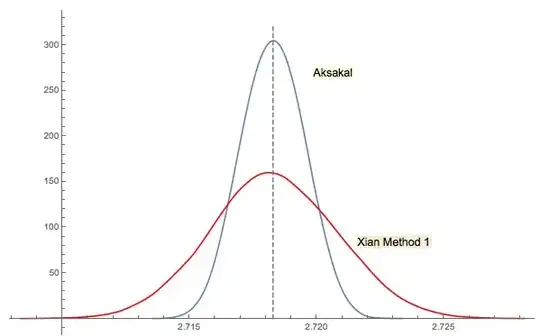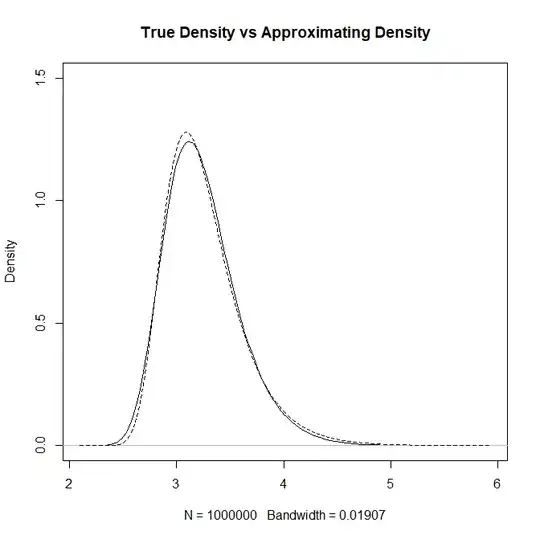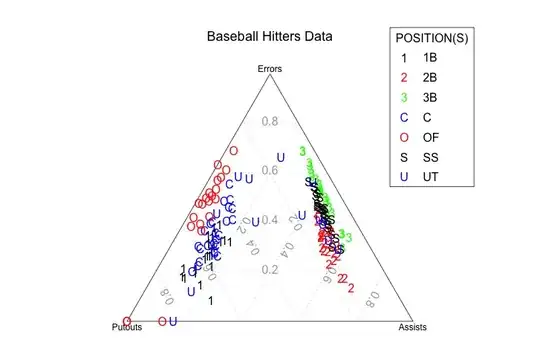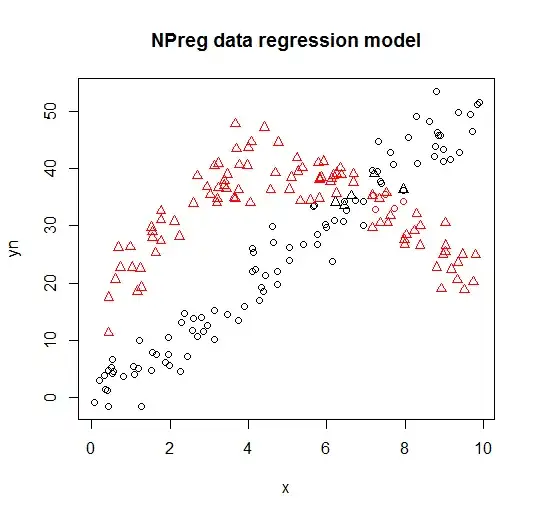I want to find a way to fit a series of curves throught 2d data. I have a hypothsis of how this can be done (I will explain it below). I would appreciate if anyone could suggest whether this technique has a name and whether there is a tool that does it allready (R/Python/Matlab/Mathematica are all welcome). Ideally I would like to generalize it to many dimensions.
Single curve through 2d data
In an ideal world my 2d data would nicely fit into some 1d curve, e.g.:
To find fit for such data one could use regularized polynomial regression, for example.
NB! The special thing about this data is that it is a result of optimization that aims to get low $f_1$ and low $f_2$, thus, in general, data tends to follow curves that start somewhere high on axis $f_2$ and then decay towards axis $f1$ without crossing the origin.
Many curves through 2d data
Instead my data looks more like in sub-figure (a) below:
My hypothesis is that there exists a way to partition this data in a way shown in sub-figure (b) above.
My approach
I understand that it may be impossible to regenerate the curves in Figure 2b. That's not the aim. The aim is to find relationships between $f_1$ and $f_2$ by postulating that such relationships exist and then trying to learn ways to partition the data in such a way as to extract these relationships.
My algorithm would be to:
Fit a curve with e.g. 5 vertices, one of them lying on axis $f_1$, another on axis $f_2$, in such a way that half of the data is below the curve and half is above.
Repeat the algorithm (recursively) for upper and lower halves of the data.
Rough illustration is as follows:
The stopping criterion would be either the thickness of the partitioned region, or the number of data points in it.
Conclusion
Coming back to the questions at the start of the post. Does this approach make sense? Does it ring a bell?
THANKS!



